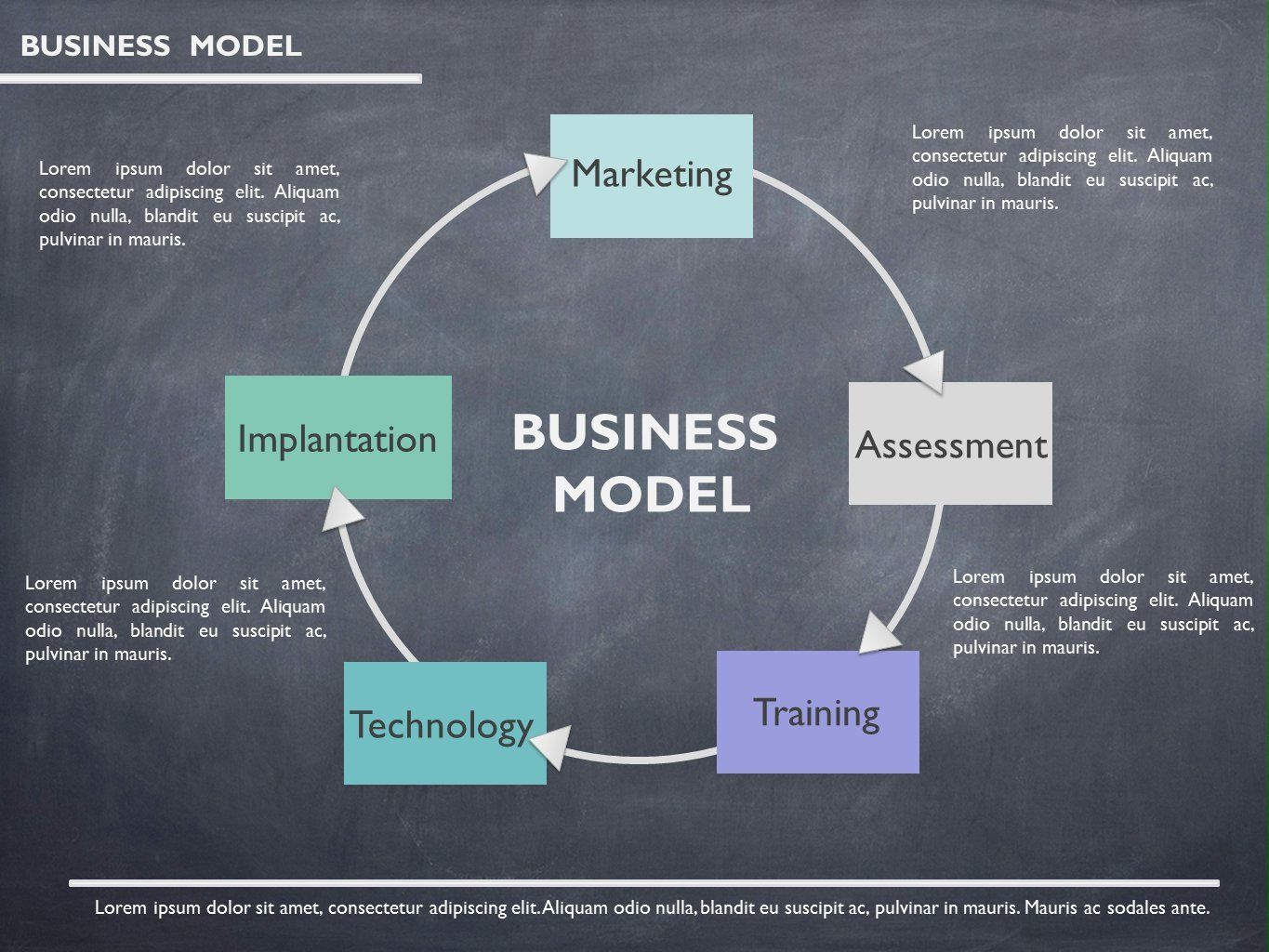What Is Digital Signature?
An electronic signature, also known as e-signature or biometrics, refers to information in digital form, which necessarily is associated with other information in digital form and that is used to sign documents. This type of signature is most commonly used for legal purposes. It allows a person to sign documents so others can verify the contents. Should you loved this informative article and you would love to receive more information regarding esign kindly visit our web-site. Historically, a signature was a hand-written signature, usually on a letter of legal note, which was laterhand copied by a notary public. This was repeated in many other industries where copyists copied signatures onto binding documents to prevent the forgery of legal papers.
In today’s corporate world, electronic signatures can be used to provide additional security features for certain transactions. These include, among others, secure payroll systems and merchant services. They also allow for secure online interactions through websites. While signatures can provide an extra level of security for some transactions, their use comes with a number of limitations. Signatures can only be used for specific operations such as secure payroll systems.
The advantage to using electronic signatures over more traditional methods is that they do not need to be memorized. They cannot be altered, which makes them almost impossible to forge. Digital signatures are extremely secure even when multiple people use them simultaneously (e.g., when they share the same phone number to open a bank account). Although it is difficult to forge digital signatures with multiple parties, it is possible to create digital signatures for another person without giving them access the private key that contains the original signature.
Electronic signatures store all transaction data in a central database. This is usually on a secured server. Each party can digitally sign their data with this information. This information usually includes the date, time and amount of the transaction. Banks, financial institutions, government agencies, as well as any other entity that needs signatures to prove debt authorization, will often use e-signatures due to the security built into electronic signatures. This means that anyone who wants to transact business securely will have to use e signatures.
There are two types of electronic signatures: secret and public. Secret signatures are known only to the person issuing the document. Public Signatures are public and are known only to the signatory. Private key systems can be used when multiple parties are required to sign the same document. In these cases, a third party must verify signatures before the document can be signed.
A person receives an e-mail from a sender that must be signed. Here’s an example of how an electronic signature works. If the person does not possess an electronic signature, he would have to physically sign the message in order to submit it for signature and validation by the electronic signing system. The message of the sender will become public information and the email owner will be responsible for making sure that his electronic signature is on all electronic documents. His account could be deleted if he fails to do so. He could also face severe legal consequences. simply click the up coming internet page sender’s public key can then be used to prove that the e-mail was sent by him, and that he signed the document.
Digital signatures are also possible using the public key infrastructure. Only entities who have signed with trusted certificate authorities are allowed to use digital signatures. Once a digital form of signature has been verified by the trusted certificate authorities, then only will the person who holds the certificate be allowed to use it. When you use a digital signature to make online transactions, such as to pay for items on the Internet, you are making yourself responsible for someone else’s trusted signature. This security feature can be a headache, as you can see.
Summary: An electronic signature can be described as a digital file that is added to another file. It is a public key that is added to simply click the up coming internet page public key data of another entity. It is an electronic form that is added to the electronic signature. This allows the parties to reach an agreement on a signature without needing to go through lengthy manual signing processes (which can take a lot of time). There are plenty of benefits to having a digital form of signature; however, it is important to understand that they do not provide any sort of tamper resistance when sending or receiving information.
If you cherished this short article and you would like to obtain extra details with regards to e sign kindly stop by our web site.



